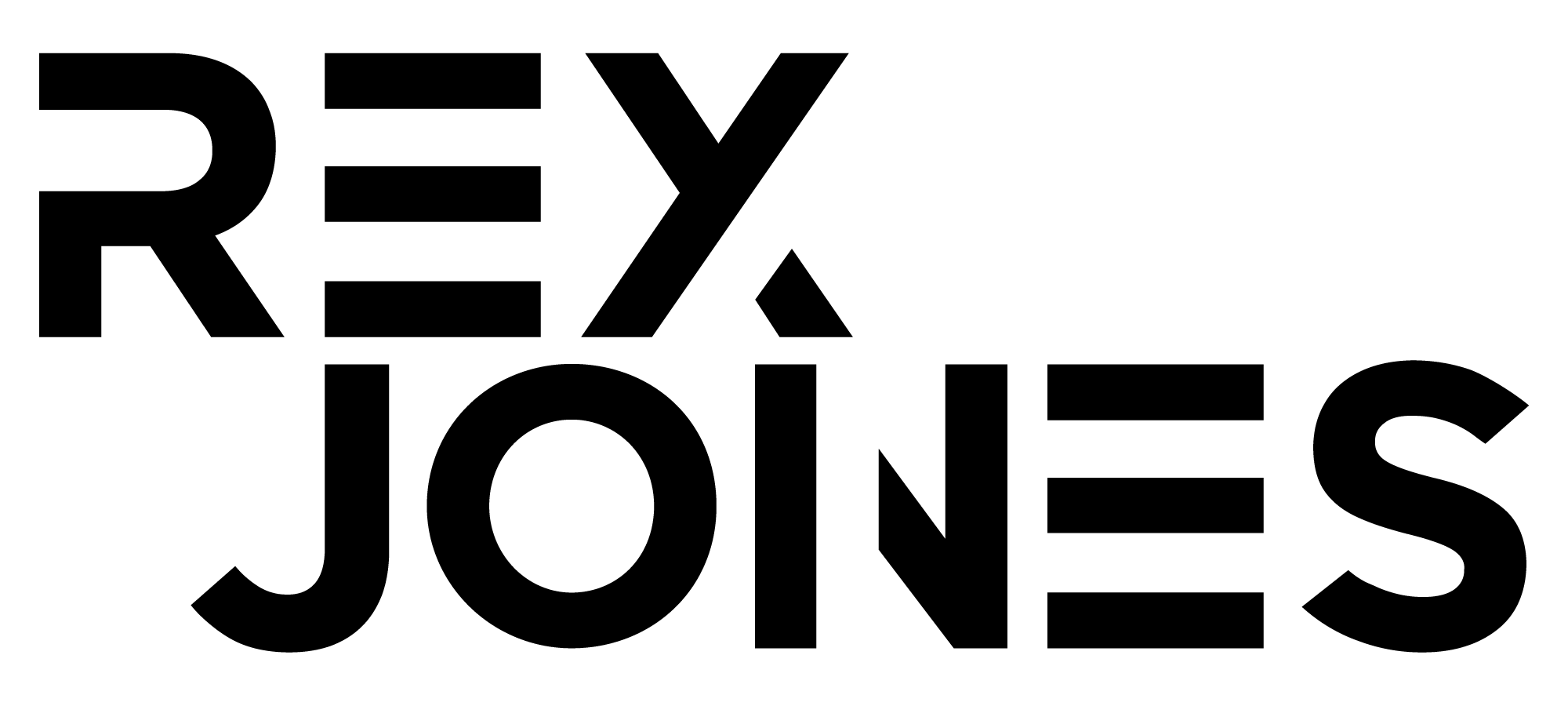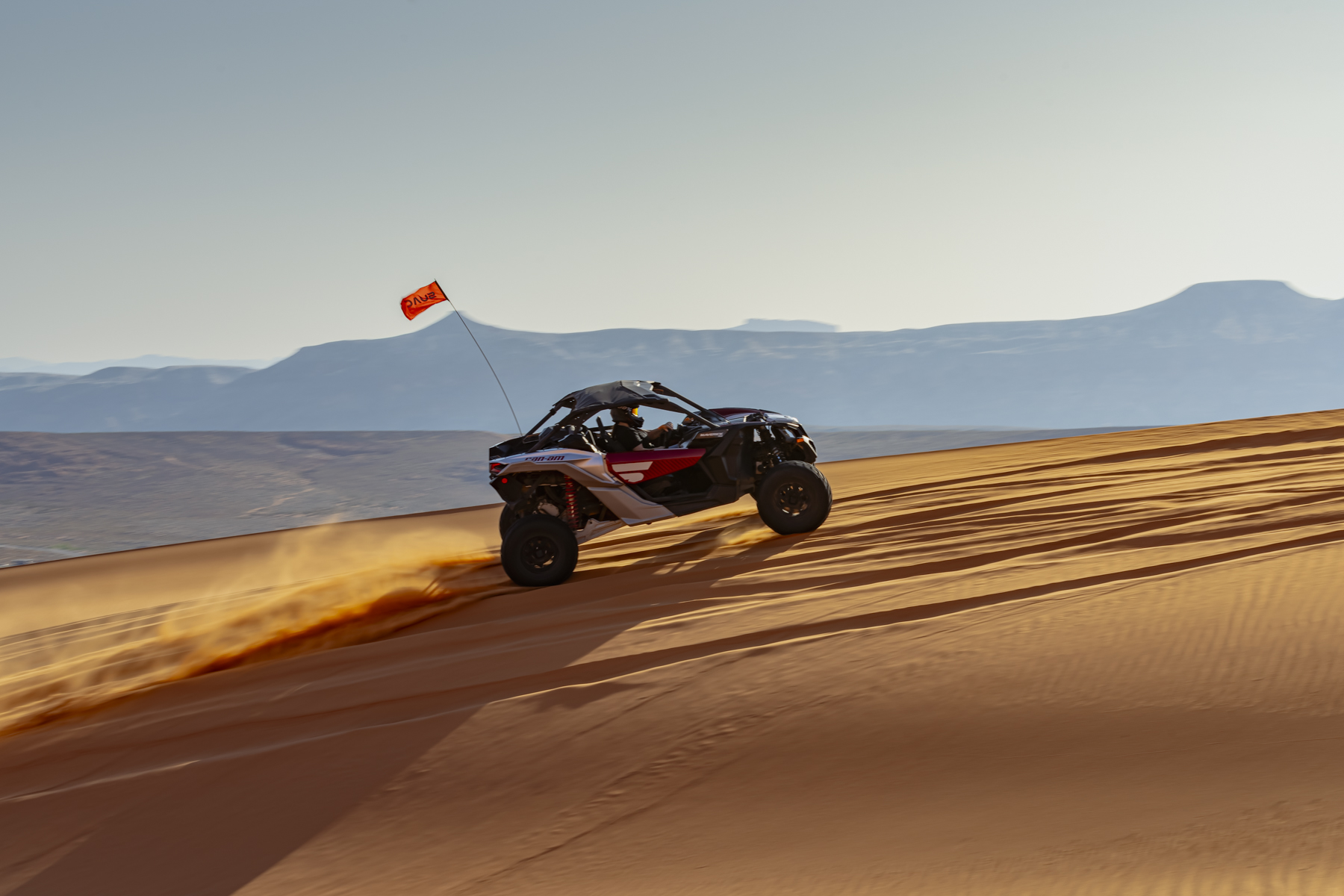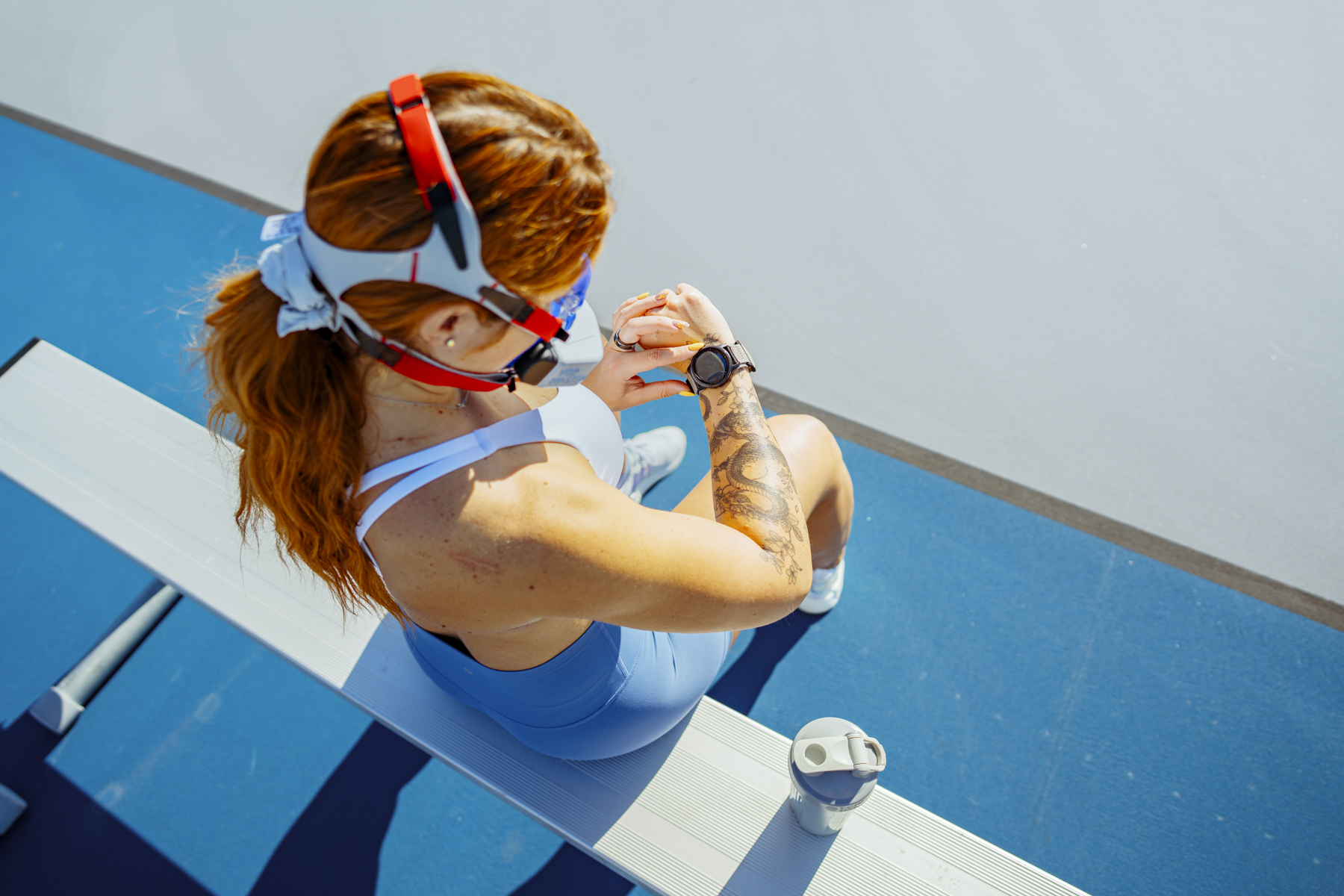There’s a strange myth floating around in the creative world that storyboarding is only for filmmakers. You know, the people with clapperboards, lighting rigs, and twenty-person crews who yell “action” before the coffee kicks in. But in the world of commercial storyboard photography, that mindset is costing people serious time, money, and creative potential. Storyboarding isn’t a cinematic luxury, it’s a visual survival skill. It’s how brands get clarity, photographers stay efficient, and campaigns actually look like they were planned by adults instead of born in chaos five minutes before the shoot.
Why Storyboarding Isn’t Just a “Film Thing”
Let’s be honest, most photographers start shoots with a vague sense of direction, a shot list scribbled on the Notes app, and a prayer that the client’s “vibe” magically translates into something marketable. That’s not strategy; that’s wishful thinking in RAW format. The truth is, commercial storyboard photography borrows one of the smartest practices from filmmaking: pre-visualization. And it changes everything.
A storyboard, at its core, is just a visual map of intention. It helps you and your client visualize the campaign before the first shutter click. You’re not guessing what the story will look like, you’re building it shot by shot. It turns creative direction from an abstract conversation into a concrete plan. Instead of hoping everyone “gets it,” you’re literally showing them what “it” looks like.
In a commercial setting, this level of content direction is gold. It’s not just for photographers with massive crews or six-figure budgets, it’s for anyone who wants to stop wasting shooting hours chasing an undefined aesthetic. Because when you storyboard, you’re not just thinking about photos, you’re designing a strategy.
Pre-Visualization: The Real Time Saver
You ever have that moment mid-shoot where a client walks up and says, “Actually, can we try something completely different?” Yeah. That’s not inspiration, that’s expensive. Pre-visualization fixes that. By walking your client through the story before shoot day, you’re locking in the vision early. Everyone knows what’s coming, everyone signs off, and everyone leaves happier (and less exhausted).
When I work on large-scale branding campaigns, my storyboard isn’t just a series of sketches, it’s a miniature version of the final campaign. Each frame represents not just composition but also tone, emotion, and marketing purpose. It’s how I connect the dots between brand strategy and the final deliverables. Storyboards give you the chance to spot inconsistencies, overcomplications, or missed storytelling opportunities before the lighting setup even begins.
Think of storyboarding like a rehearsal for your brain. You’re playing out the entire campaign in your head, seeing how visuals will connect across ad placements, social posts, and print media. That kind of foresight doesn’t just make your photography better, it makes your clients trust you more. You’re not the person showing up to shoot pretty pictures; you’re the strategist mapping their visual identity.
Creative Briefs Are Nothing Without Visual Direction
Most creative briefs are like IKEA instructions translated from Swedish to English by someone in a hurry. They’re vague, inconsistent, and assume the creative team can fill in the gaps with telepathy. That’s why commercial storyboard photography pairs beautifully with a solid creative brief, it brings the words to life.
When a client says, “We want something aspirational but approachable,” that could mean fifty different things depending on who you ask. With a storyboard, you can show them exactly what aspirational and approachable look like, same lighting, same framing, same tone. Suddenly, the brief becomes a blueprint, not a riddle.
A great storyboard doesn’t have to be fancy. I’ve seen people use everything from stick figures to AI-generated mockups to convey the concept. The point isn’t artistic perfection; it’s alignment. When your storyboard illustrates the sequence of shots, transitions, and emotions that drive the story, you eliminate the guesswork. You’re not reacting to creative direction on the fly, you’re executing it with precision.
Campaign Planning for the Real World
Let’s talk logistics for a second. Campaigns are expensive. Locations, models, props, gear rentals, every hour costs something. Campaign planning through storyboarding ensures you’re not burning through the budget on extra shoot days or endless “can we redo that?” moments. A well-built storyboard helps your entire crew anticipate lighting shifts, framing changes, and shot sequences. It’s the production equivalent of time travel, you’re solving problems before they happen.
One of the biggest wins I’ve seen from structured storyboarding is how it transforms the communication between photographer, creative director, and client. You stop having philosophical debates about mood and start having tactical conversations about execution. Everyone becomes part of the same creative rhythm. That’s how great marketing teams operate, they plan, adapt, and execute with clarity.
When you use commercial storyboard photography as a foundation for campaign planning, you’re doing more than setting up a photoshoot. You’re building a miniature marketing strategy that anticipates deliverables across multiple channels. It ensures the website, the social content, and the paid ads all feel cohesive because they were designed from the same source document.
How Storyboarding Elevates Brand Strategy
Photography without storyboarding can still be beautiful, but beauty isn’t the same as effectiveness. Brand visuals need structure. They need rhythm. Storyboards provide that. They align your creative output with the client’s marketing goals, brand tone, audience emotion, and key messaging cues.
In my own projects, storyboarding has saved campaigns more times than I can count. I once had a hospitality client who wanted to promote “connection and adventure” in a single campaign. On paper, that meant nothing. Through a storyboard, we built a sequence of images showing real guests interacting, laughing, and exploring. Those images became the foundation of their rebrand. What started as an abstract idea turned into a full-fledged visual story.
That’s the beauty of pre-visualization: it’s where creativity meets marketing intelligence. You’re not just composing a shot, you’re building a narrative arc that ties directly into the client’s sales funnel. When done right, storyboarding turns your photography into part of a broader brand strategy, and that’s where photographers cross over into the realm of creative consultants.
The Photographer’s Superpower: Clarity
In the end, storyboarding is about clarity, clarity of vision, clarity of communication, and clarity of purpose. It helps you set expectations, manage workflow, and deliver a final product that aligns perfectly with client goals. You waste less time, overshoot less content, and edit more strategically. It’s the kind of process that turns a creative freelancer into a trusted partner.
And that’s the heart of commercial storyboard photography, it’s not about turning photography into film. It’s about elevating how we plan, execute, and present visual strategy. It’s for photographers who understand that success in this industry isn’t just about capturing moments, it’s about designing them.
Because the truth is, every great campaign starts long before the camera rolls. It starts with a plan. A simple sketch. A rough frame. A visual map of where you’re going. That’s storyboarding. And if you’re serious about leading creative direction instead of following it, it’s time to stop treating it like an afterthought and start making it your secret weapon.


